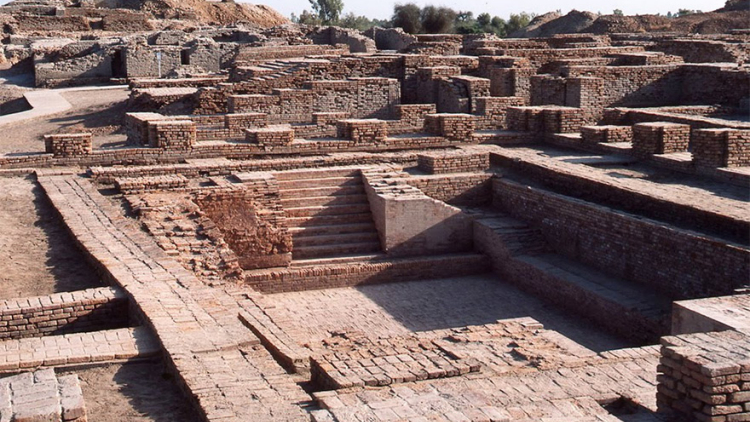8,000 Year Old Indian City Irradiated by Atomic Blast
By Contributor | Jul 02, 2014

Radiation still so intense, the area is highly dangerous. A heavy layer of radioactive ash in Rajasthan, India, covers a three-square mile area, ten miles west of Jodhpur. Scientists are investigating the site, where a housing development was being built.
For some time it has been established that there is a very high rate of birth defects and cancer in the area under construction. The levels of radiation there have registered so high on investigators’ gauges that the Indian government has now cordoned off the region. Scientists have unearthed an ancient city where evidence shows an atomic blast dating back thousands of years, from 8,000 to 12,000 years, destroyed most of the buildings and probably a half-million people. One researcher estimates that the nuclear bomb used was about the size of the ones dropped on Japan in 1945.
The Mahabharata clearly describes a catastrophic blast that rocked the continent.
“A single projectile charged with all the power in the Universe… An incandescent column of smoke and flame as bright as 10,000 suns, rose in all its splendor… It was an unknown weapon, an iron thunderbolt, a gigantic messenger of death which reduced to ashes an entire race. The corpses were so burned as to be unrecognizable. Their hair and nails fell out, pottery broke without any apparent cause, and the birds turned white. After a few hours, all foodstuffs were infected. To escape from this fire, the soldiers threw themselves into the river.”
A Historian Comments
Historian K. Ganguli says that Indian sacred writings are full of such descriptions, which sound like an atomic blast as experienced in Hiroshima and Nagasaki. He says references mention fighting sky chariots and final weapons. An ancient battle is described in the Drona Parva, a section of the Mahabharata.
“The passage tells of combat where explosions of final weapons decimate entire armies, causing crowds of warriors with steeds and elephants and weapons to be carried away as if they were dry leaves of trees,” says Ganguli.
“Instead of mushroom clouds, the writer describes a perpendicular explosion with its billowing smoke clouds as consecutive openings of giant parasols. There are comments about the contamination of food and people’s hair falling out.”
Archeological Investigation provides information
Archeologist Francis Taylor says that etchings in some nearby temples he has managed to translate suggest that they prayed to be spared from the great light that was coming to lay ruin to the city.
“It’s so mid-boggling to imagine that some civilization had nuclear technology before we did. The radioactive ash adds credibility to the ancient Indian records that describe atomic warfare.”

When excavations of Harappa and Mohenjo-Daro reached the street level, they discovered skeletons scattered about the cities, many holding hands and sprawling in the streets as if some instant, horrible doom had taken place. People were just lying, unburied, in the streets of the city.












